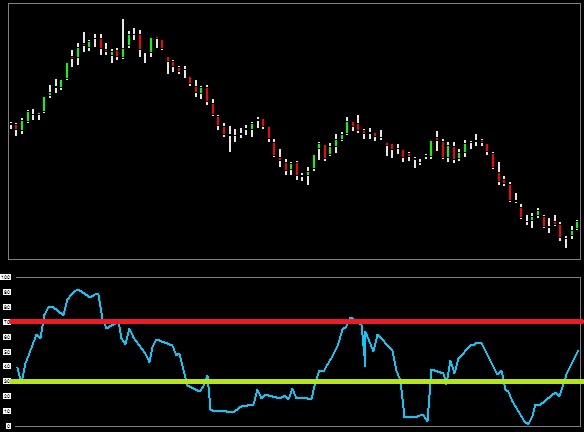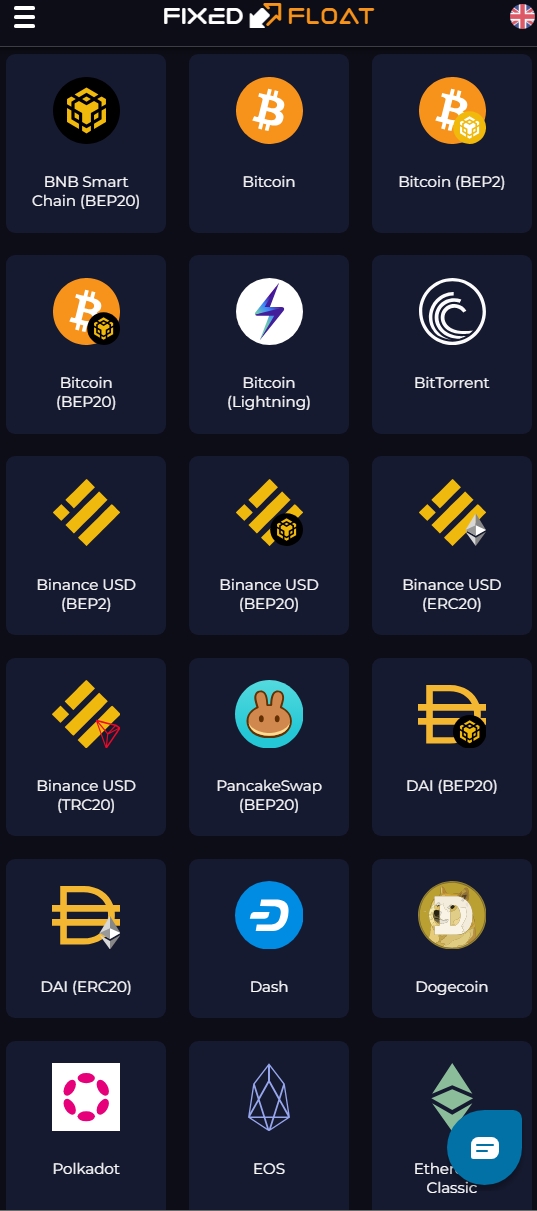Intraday Momentum Index (also known as IMI indicator) is a technical analysis indicator that was developed by Tushar Chande. He described it in his "New Technical Trader" book (1994). IMI combines the advantages of RSI (Relative Strength Index) and Japanese candlestick chart analysis techniques. It helps traders to find proper buy and sell days and signals. That is also the reason why it is used mostly by short-term traders instead of long-term investors.
The construction of Intraday Momentum Index is very similar to Relative Strength Index. The aim of both of them is to reveal the oversold and overbought market conditions. Intraday momentum index calculation is based on this simple formula:
If Close price > Open price: Gain = (Close - Open); Loss = 0
If Close price < Open price: Gain = 0; Loss = (Open - Close)
Sum up Gains and Losses for ‘n’ chosen days ago
IMI = 100 x [Gains / (Gains + Losses)]
To simplify this, when the Close price is above the Open price, it is a GAIN day. If the Close price is below the Open price it is a LOSS day. Regarding the ‘n’ days for summing up the Gains and Losses, 14 days is being the most common timeframe to look at. The final IMI number moves between 0 and 100 points.
While RSI compares Gains and Loses for Current Close – Previous Close prices, IMI does the same for Current Close – Current Open prices. That is the reason why it is being called "intraday". It compares and totalizes all the differences within days, not between two consequent days. This is quite similar to Candlestick chart where bodies of the candles are analyzed. Should Close be higher than the Open price, IMI indicator would have higher Gains - and the candlestick chart would create a green (or white) body. Many green bodies on candlestick chart would also mean that IMI indicator is raising and prices are becoming extremely high (the asset could already got to an overbought area). Many red bodies on candlestick chart would mean that IMI is falling (in such case traders are becoming cautious regarding the extremely low prices and possible oversold conditions on the market). There are also some other small differences between IMI and RSI. For example RSI uses special Wilder’s moving average for averaging gains and losses while IMI just summarize them up.
How the indicator and buy and sell levels look in a chart can be seen in the picture below:

This chart was based on 10-day IMI indicator. Should a trader choose shorter time period, he would get more swings and signals (the indicator would become more sensible). Should he use longer time period, then he would get less signals - the indicator would become smoother and it would produce more reliable signals.
How to use the indicator for trading:
- Intraday Momentum Indicator levels above 70 are considered to be extremely high (overbought conditions) while levels below 30 are considered to be extremely low (oversold conditions). Traders use to sell when IMI values cross 70 level downwards and buy when IMI values cross 30 level upwards.
- Traders can also combine the IMI indicator with its Exponential moving average (EMA) or any other moving average – like KAMA, FRAMA, ZLEMA, HMA, Vidya, T3 moving average etc. and follow their crossings.
- The positive and negative divergences of asset prices and indicator values can be considered as buying and selling signals, as well.
- Beware that if prices are in a strong rising or falling trend, the indicator will constantly indicate overbought or oversold conditions. It does not necessary mean a good time to buy or sell – not as long as the trend is really strong and indicator values do not cross the basic 70/30 values downwards or upwards. Some traders can use it as a trend indicator – similar to Donchian channel. They wait for creating a strong trend and then make just trades that are in line with the prevailing trend. Should you use the IMI as an trend indicator, as well, be extremely cautious of strong chart patterns, such as support and resistance levels are.
